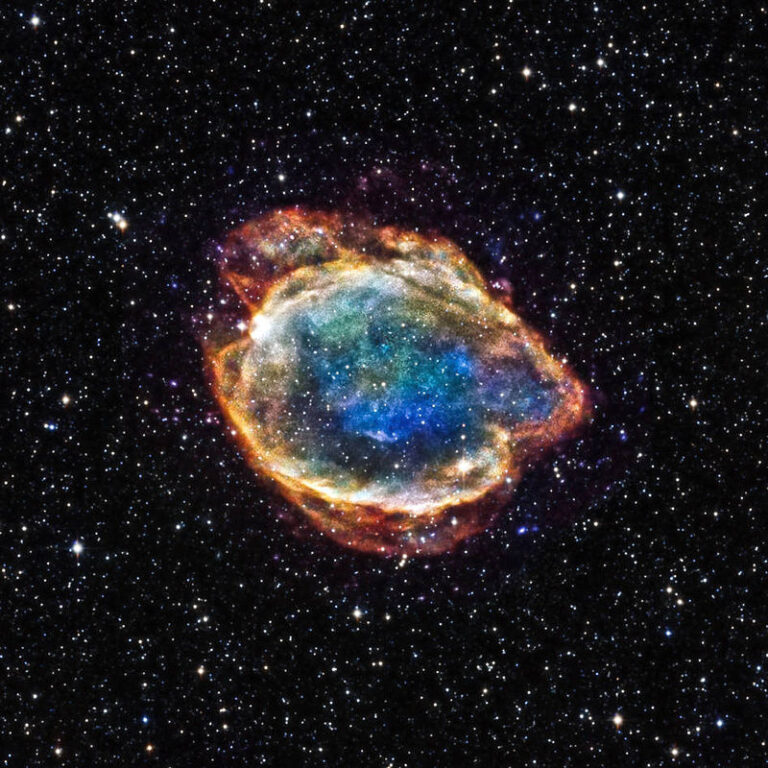A recent research suggests that cosmic acceleration and dark energy are not present
Are there unseen forces that are at play which are causing the Universe to accelerate on its expansion at an unprecedented rate? The findings of the three 2011 Nobel Prize winner scientists’ were based on the proof that the fundamental building blocks of life that are able to replicate themselves could be made, duplicated and further fine-tuned to create life on another planet. It even messed with the concept of time; some galaxies appeared to be pulled away, while others were attracted toward one another. So what if the data used to explain this mechanism was misinterpreted and the accelerating cosmic expansion was just a by-product of our movement in a particular part of the universe?. As regards the big picture, no one will go faster. The unknown dark energy is also missing. This sounds to be accelerating the universe and forming the original objectionable conclusion,reported a group of physicists who are now regarding the supernova evidence as questionable,in a new paper.
Is the rate of expansion of Universe increasing (accelerating)? The 2011 Nobel Prizes were given to three researchers who conducted the experiment that provided compelling evidence to prove this relationship. Nevertheless the assumption that these astronomers made based on their recently updated data may be faulty and thus the cosmological expansion that they uncovered could be just some kind of misinterpretation of the movements of our part of the galaxy. After all, in the larger picture, there is no rushing time. And also missing is that unknown mysterious dark energy, if such holds the responsibility for the acceleration. This is how a new paper from the group of physicists who argue against supernova-related evidence to the Nobel Prize conclusion comes into play.
Perlmutter, Schmidt, and Riess shared the Nobel Prize in Physics in 2011 for “the discovery that the Universe is expanding at an accelerated rate, which was based on observations of decreasing brightness of distant supernova”. With the use of “la supernovae” or “standard candles”, they obtained evidence from exploded stars that the far-heaven’s universal expansion was getting faster. Next type of supernova are those that are so luminous that we can actually measure their absolute magnitude or equivalently the surface brightness. This fact helps scientists to develop the calculation on the distance of the explosions from the Earth while studying the red shift in the light these objects emit helps them to derived the speed of the Universe expansion.
However, the growth has been taken to be science’s own errata code; ethical people would view it otherwise. As he continued to investigate the matter in his 2015 paper, Subir Sarkar, a professor of physics at Oxford University’s Niels Bohr Institute and Paris Institute of Astrophysics, along with his colleagues, more critical of the Universe expanding faster has now published a second research.
In the context of Physics World, the study undertaken by Sarkar’s team in attempting to analyze a sample of 740 supernovae carefully in their 2015 article revealed “very mild supposition” for cosmic acceleration according to weak statistical significance. They had a different perspective of how these techniques truly measure the absolute magnitude of supernovae and how instrumental functions generate attenuation effects of dust particles on the light passed to telescope.
The assumption of an error that led to the Nobel Laureates in Physics, Perlmutter, Schmidt and Riess, to the realization of the universe’s expansion? She sums it up by calling it the election loss for the poor.
None of that paper’s criticisms disappeared in a blink, lots of people had issues with their methodology and presented their alternative data on the subject. However, the second article, slated for a publication in Astronomy and Astrophysics combines the criticism to the model which is based on the supernova evidence regardless of the possibility of cosmic acceleration and the data inconsistencies in respect to redshifts and calculations relative to the CMB.
The Andromeda anomaly, as we call it, suggests, “If you look at only a small part of the sky, it would look like you are a non-Copernican observer and cosmic acceleration is a local effect”, Sarkar says. She continues then, “This small effect, we claim, has nothing to do with the overall dynamics of the universe and thus with dark energy.”
Riess here has his own opinion out of which he disagrees with Sarkar. Similarly, he criticizes Sarkar’s data and findings as outdated. Their team employed data from 1,300 supernovae in the latest endeavor, which brought about one-to-one proof of the expansion’s existence. Furthermore, he pointed out, “the support of cosmic acceleration and dark energy which are based on the not only the supernovae 1a sample but also on the much broader data.”
What is better than telling the opposing side with a Nobel Prize winner? Subir Sarkar, who identifies this signal as “more like a display of the oxygen content,” arguing that “this is a widely propagated myth.”
You can check out his new paper for yourself at arXiv.
Do not forget to share your opinion with us to provide you with the best posts !




0 Comments